#Roman Catholic Church
Explore tagged Tumblr posts
Text
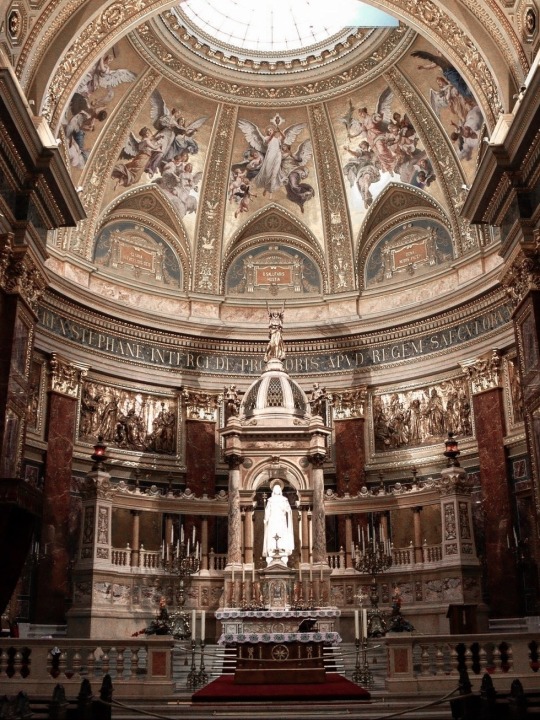


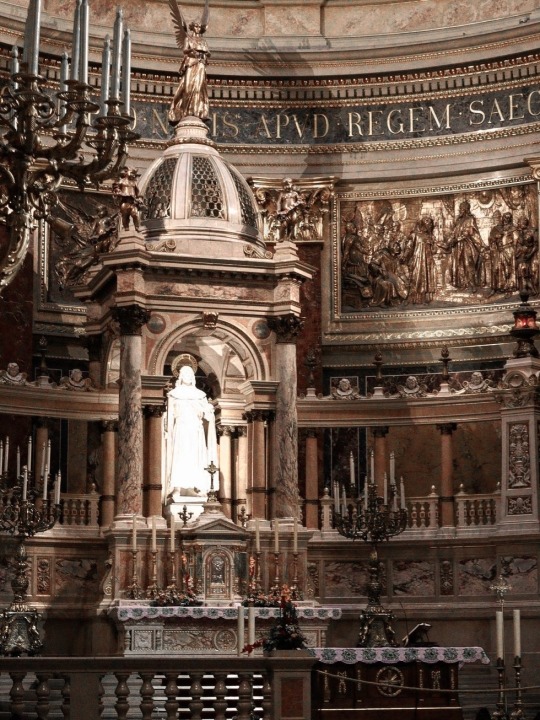
Szent István Bazilika by castleholic.
#roman catholic church#church aesthetic#church#hungary#alternative#aesthetic#dark academia#dark academic aesthetic#dark aesthetic#aestheitcs#dark#art#light acadamia aesthetic#light academia
2K notes
·
View notes
Text

St. Mark's Cathedral, Arica, Chilie: The St. Mark's Cathedral also called Arica Cathedral is a Catholic church that is located in the city of Arica in the far north of Chile. The building was a commission by the government of the Peruvian President José Balta to the workshops of the Frenchman Gustave Eiffel and originally intended for the Ancón resort. Wikipedia
#St. Mark's Cathedral#Roman Catholic Church#Gustave Eiffel#19th century#Arica#Arica Province#Arica y Parinacota#south america#Chilie#south american continent
113 notes
·
View notes
Text

#catholic#catholicism#christianity#spiritual warfare#jesus christ#blessed virgin mary#demon#exorcist#roman rite#roman catholic church#roman catholic#holy mother of god#holy#holy cross#holy catholic church#latin rite#demonic#demonic influence#exorcism#catholic prayer#prayer
20 notes
·
View notes
Text
Stephanie Kirchgaessner at The Guardian:
When the Texas attorney general, Ken Paxton, sought to shut down a Catholic charity that was was providing shelter and aid to undocumented migrants at the border, the San Diego cardinal, Robert McElroy, took a robust public stand against the attempt. “The state of Texas is using governmental pressure to curtail the work of the Church in one of its most fundamental obligations: to feed the hungry, to shelter the homeless, and to provide drink to the thirsty,” McElroy said in a statement at the time. “No government can morally tell us to abandon or limit this mission.” Last week, as billionaires like Mark Zuckerberg adopted policies that seemed designed to ingratiate themselves with the incoming Trump administration, Pope Francis took a different tack when he tapped the Harvard and Stanford-educated McElroy to the role of archbishop of Washington DC – one of the most high-profile positions in the US Catholic church. It followed Donald Trump’s own announcement that he was appointing Brian Burch, a rightwing political activist and critic of Francis who heads CatholicVote, a conservative advocacy group, to the role of US ambassador to the Vatican. In his statement, Trump claimed that Burch had helped deliver him more Catholic votes than any other presidential candidate. Both allies and critics of Francis say the appointments set the stage for conflict between the Vatican and Trump’s Washington, at a time when rightwing and far-right Catholics – from Leonard Leo to Steve Bannon – wield significant influence in the US capital. It was noted, too, that Francis chose 6 January, the anniversary of the Trump-inspired insurrection on the Capitol, to make the announcement.
“McElroy is incredibly polished intellectually. He is a thinker. He is a quiet man and he can say the strongest things against a certain kind of immigration policy with a soft voice. He’s courageous,” said Massimo Faggioli, professor of theology and religious studies, who noted that McElvoy was one of closest officials to Francis in North America. “He is Francis’s voice in many ways, and being in Washington DC elevates his voice. It is the place where power is brokered, and not just at the White House. In the Congress and the supreme court,” Faggioli added. Those corridors of power have increasingly been influenced by rightwing Catholics who are opposed to Francis’s agenda. The most prominent politicians who support him are losing influence and power, from the outgoing president Joe Biden to the former Speaker of the House Nancy Pelosi. Both are devout Catholics.
Steve Bannon, the Christian nationalist Trump adviser, who is also Catholic, said Francis’s choice of McElroy showed he was on a “collision course” with the incoming White House over one of Trump’s main agenda items. “The whole process of deportations will begin when President Trump takes his hand off the King James Bible,” Bannon told the Guardian. “Immediately you are going to have the Vatican, through their cardinal, trying to confront this. Bannon, who lives in Washington DC, said he believed the Catholic church and affiliated charities could face criminal investigations by the DoJ for their role in facilitating what Bannon and other rightwing leaders of the Maga movement have called an “invasion” of undocumented immigrants into the US. “I believe this will lead to the actual technical bankrupty of the church,” he said. McElroy, he added, “is a player, not some shrinking violet”.
Bannon is not the only Maga hardliner to show contempt for church practices. Congresswoman Marjorie Taylor Greene has previously said that Satan was “controlling the church” and has repeated rightwing claims that Catholic charities are being enriched by US government contracts to help migrants.
[...] Just as some supporters of Francis believed McElroy was a pick that seemed too good to be true, Bannon praised the appointment of Brian Burch to represent the US in the Holy See. The job has traditionally gone to major donors but not political operatives. Even the choice of Calista Gingrich, the wife of former House speaker Newt Gingrich, was not seen as too controversial. Bannon said he believed the choice of Burch was connected to Leonard Leo, the rightwing Catholic activist who has almost singlehandedly turned the supreme court into a rightwing power base. A non-profit linked to Leo has donated more than $1m to Burch’s CatholicVote group.
Cardinal Robert McElroy was recently selected to lead the Washington DC Archdiocese to replace the retiring Cardinal Wilton Gregory due to the 75 year-old age limit. With Cardinal McElroy helming the archdiocese, conflicts over Donald Trump’s fascistic mass deportation policy and other harmful anti-immigrant policies will abound.
#Robert McElroy#Washington DC#Donald Trump#Pope Francis#CatholicVote#Brian Burch#Archdiocese of Washington DC#The Vatican#Roman Catholic Church#Catholicism#Religion#Stephen Bannon#Catholic Charities#Callista Gingrich#Mass Deportations#Immigration
22 notes
·
View notes
Text

St. Joan of Arc.
#vintage illustration#saints#all saints’ day#st. joan of arc#st. joan#joan of arc#prayer cards#holy cards#religious art#religious imagery#religion#catholicism#christianity#catholic#jeanne d’arc#roman catholic church#martyr
19 notes
·
View notes
Photo

Vatican City Hearts
There's definitely a lot of gratuitous Catholic symbolism in the Kingdom Hearts games. Sora and Kingdom hearts are copyright © Square Enix.
Posted using PostyBirb
#kingdom hearts#sora#vatican city#flag#flags#banner#banners#game#games#video game#video games#square enix#keyblade#keyblades#catholic church#catholic#catholicism#roman catholic#roman catholic church#roman catholicism#christian#christianity#religion#religious#meme#memes#non-ai#non-ai meme#gaming#church
8 notes
·
View notes
Text
Used to be that I was in the Roman Catholic Church; now I'm excommunicated. Because of Pope. - King John, probably
8 notes
·
View notes
Text
Luce (Luce and Friends): Bush or Bald?

No, she's not a child. She has the same proportions as Mary in official artwork. She's also a pilgrim.
Had to get that out of the way before talking about her pussy. Anyway, she definitely dyes her pubes Marian blue as a symbol of the chastity she emulates. None but God and her gynecologist may look upon her Holiest of Holes until she is a married woman.
Verdict: bush
9 notes
·
View notes
Text

Roman Catholic Church in Etzikom, Alberta. 1972.
#regional gothic#southern gothic#midwest gothic#prairie#southern goth aesthetic#film photography#analog film#canadian gothic#roman catholic#Roman Catholic Church#1970s
15 notes
·
View notes
Text

Saint Michael (Archangel Michael) *Stained Glass Version*
#archangel#archangel michael#angelcore#angel#angel aesthetic#italian folk magic#catholic folk magic#catholocism#spirituality#religious art#religious imagery#digital art#digitalart#etsyshop#etsyseller#etsystore#etsy digital products#saint michael#saints#roman catholic#roman catholic church
7 notes
·
View notes
Text
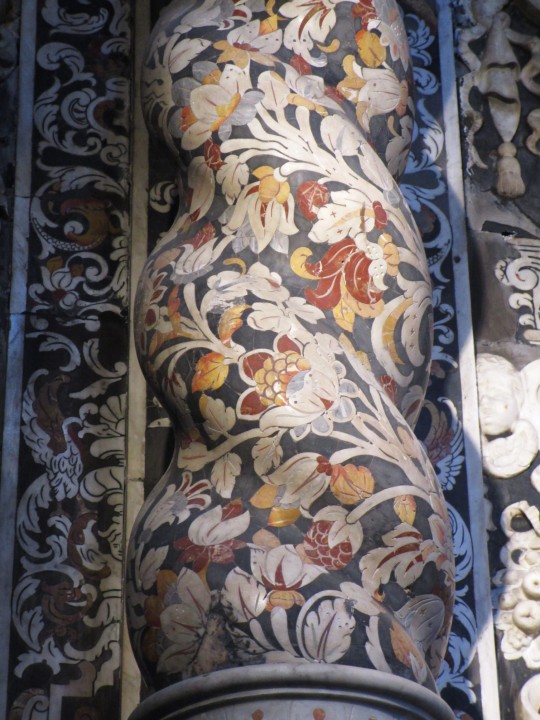
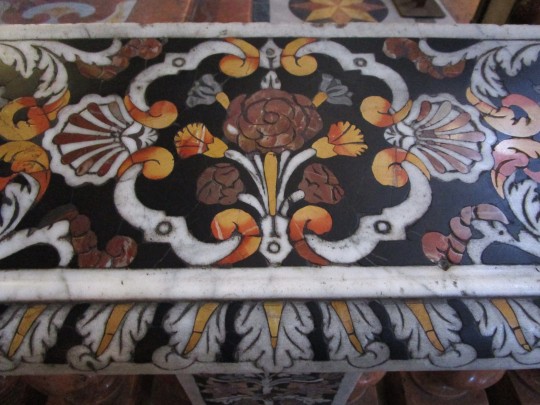
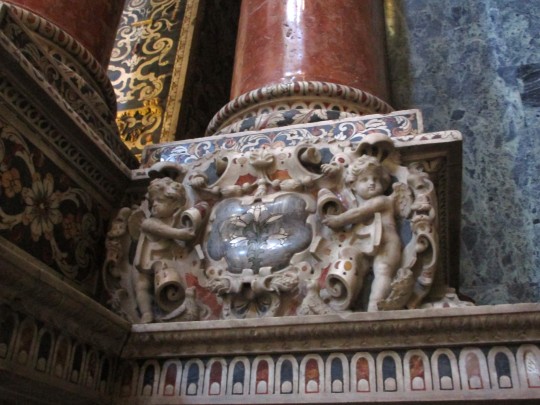
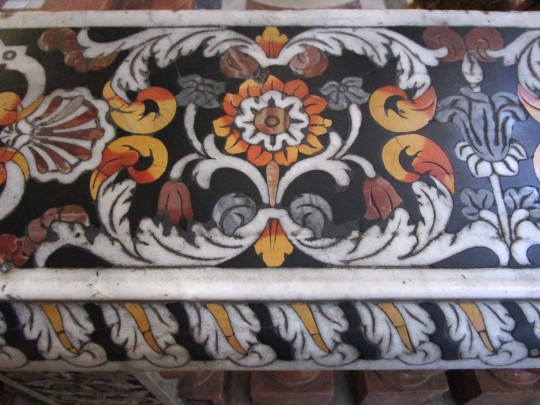
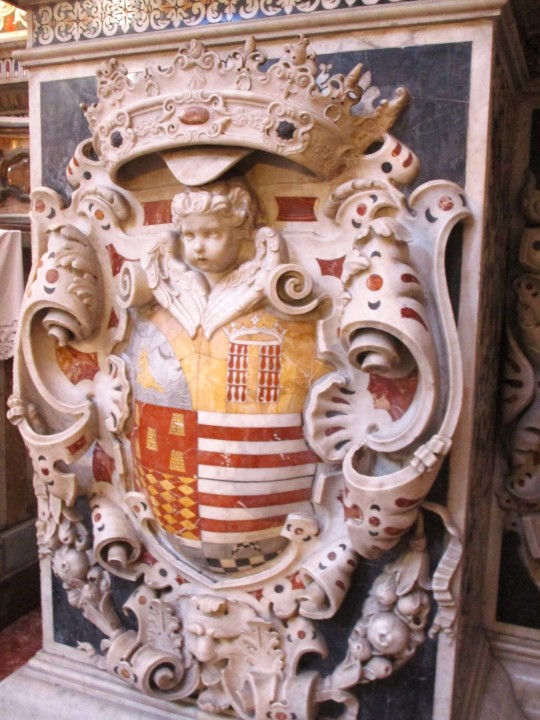
Examples of inlaid polychrome marble at the church of San Giuseppe dei Teatini in Palermo, Sicily
Photos by Charles Reeza
#Baroque art#stone carving#sculpture#craftsmanship#Sicilia#Italy#roman catholic church#travel photos#17th century
136 notes
·
View notes
Text
"Let us make this distinction of which there is no debate. The Pope is the head of the Roman Catholic Church, emphasis on Roman Catholic Church. He is not the head of the Church (which is the body of believers in Christ Jesus), which was founded in the New Testament. He is not the head of that Church because the word of God is clear that there is only one head of the Church, and that person is Jesus. Make no mistake, nor argue in your fallacious ignorance, for that is the truth. If you disagree with this simple truth, I request that you ask God to reveal the truth to you when you read His word."
- S. Jane Mck.
#christianity#christblr#christian#jesus christ#christian faith#jesus#christian blog#god#faith in jesus#roman catholic church#roman catholicism#roman catholic#catholic church#roman pope#the pope#pope
19 notes
·
View notes
Text

I'll be sorry to see Francis go.
But when he passes on, that means there will be a major funeral happening.
Charles famously moved his wedding to Camilla to attend the funeral of Pope John Paul II.
Will William miss a second opportunity to attend a funeral for a pope?
His first opportunity was two years ago.

William skipped Jimmy Carter's funeral last month. Whenever Pope Francis passes, it's not going to be Kate's birthday again.
Can't wait to see if William will do his duty or if someone else will have to go in his place again.

#twitter#roman catholic church#pope francis#Workshy Will#the lazy grifting sons of Diana#William The Prince of OWN GOALS#William The Weak#William The Terrible#prince william#William The Prince of Wales#my gif
5 notes
·
View notes
Text

Local television coverage of the Eucharistic Procession and the need to turn the Blessed Sacrament on His side to get Him through the door.
#catholic#catholicism#christianity#jesus christ#roman catholic church#roman catholic#roman rite#holy eucharist#eucharist#blessed sacrament#'monstrance#procession
46 notes
·
View notes
Text
Ryan Adamczeski at The Advocate:
Pope Francis has issued an apology after using a homophobic slur during a closed-door discussion about gay priests. Anonymous bishops told Italian news outlets Corriere della Sera and Italian dailies La Repubblica that the Pope invoked a vulgar Italian term during their meeting last week, in which church officials were debating whether or not to allow out gay priests in the clergy.
Pope Francis reportedly disagreed with their inclusion, claiming that while the church should be welcoming of everyone, to be gay and a priest would be to lead a double life. He then said that seminaries already have too much “frociaggine," which loosely translates to “faggotness.” The bishops said they were surprised about the Pope's use of the word, claiming simultaneously that it was a “joke” and that Francis did not know the meaning. Vatican spokesman Matteo Bruni issued a statement after backlash ensued, telling the Associated Press that Francis has emphasized LGBTQ+ outreach as Pope, and that he believes there is "room for everyone” in the church. “The pope never intended to offend or express himself in homophobic terms, and he extends his apologies to those who were offended by the use of a term that was reported by others,” Bruni said.
Pope Francis apologized for using the homophobic f-word slur in a debate about gay priests.
See Also:
LGBTQ Nation: Pope Francis apologizes for saying that gay priests create “f-ggotry” in seminaries
13 notes
·
View notes
